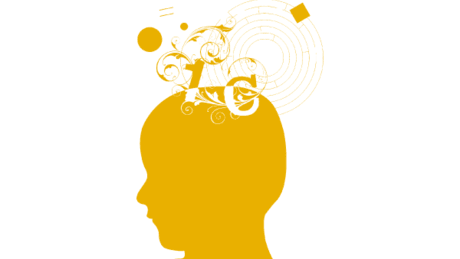GRATIS
Johns Hopkins University vía Coursera
GRATISThe Brain-Targeted Teaching® Model for 21st Century Schools
Acerca de este curso
Sessions 1 & 2: Course overview; Introduction to the science of learning and the
Brain-Targeted Teaching® Model; ABCs of brain anatomy; BTT Learning Unit
- The professional development content will begin with an overview of the major themes in the new study of the science of learning. A variety of “neuro-myths” will be described (e.g. brain development is complete by age 3). The Brain-Targeted Teaching® Model will be introduced, and the six brain targets will be briefly described.
- Basic information about brain anatomy and cognitive functions will be
presented as foundational knowledge.
- This session will focus on strategies to create a positive emotional
climate in classrooms–an environment in which students feel connected to school
and motivated to learn. Through presentations, video, and simulation
activities, participants will learn techniques as well as underlying research
that support promoting an emotional connection to content to increase
motivation for learning. Examples include classroom routines and rituals,
specific praise techniques, ways to disengage and redirect aberrant behaviors,
and strategies that engage students emotionally in content.
Sessions 5 & 6: The Physical Learning Environment; The Learning Unit Design
- Content will include how environmental factors influence attention learning consistent with the tenets of BT-2. Participants will brainstorm ways to use novelty and environmental factors such as lighting, sound, scent, and movement to promote student attending behaviors.
- Participants will identify ways they can change classrooms to align with creating a stimulating environment that supports students’ attending behaviors and engagement in learning.
- Participants will review underlying research associated with the cognitive processes of patterning and “big picture thinking” and will be able to articulate how concept mapping improves understanding and retention of content (BT-3).
- Participants will design concept maps and graphic organizers to be used as the foundation for planning learning units to promote global understanding of key lesson topics and objectives. They will use Common Core State Standards to design learning units that include all components of BTT, including activities to reinforce content through arts and technology integration.
- Participants will engage in an in-depth examination of the research and best practices associated with BT-4-- Teaching for Mastery. A wide array of research findings related to memory will be presented, and practical implications for the classroom will be described. The important role of arts integration in reinforcing memory for content will be outlined, as will the possibility of “transfer” from arts to non-arts domains. Technology innovations will also be discussed as a way to reinforce classroom objectives.
- Participants will complete the BTT planning guide to describe and implement BT-4 activities. Participants will reflect on how the activities enhanced instructional practice.
- Participants will be presented with research and best practices associated with BT-5--Teaching for the Application of Knowledge. The presentation will include research on executive function and the cognitive processes of creative and divergent thinking. Through simulated activities, participants will explore ways that creativity is important for the kind of real-world problem solving that is important for preparing students to be college and career ready.
- Participants will be able to design and use instructional strategies that promote rigor and deep understand of content through the application and extension of knowledge in real-world learning activities. They will extend students’ mastery of content by designing activities delivered in the BTT learning unit that require higher-order thinking, divergent thinking skills, and problem-solving in authentic learning tasks.
- Participants will be able to use effective and appropriate techniques for evaluating students’ learning throughout each BTT learning unit. Evaluation is considered not only as a means of measuring student progress, but also as a tool for increasing learning.
- Research will describe how feedback, active retrieval of information, and spacing of learning events influence both learning and retention of information. Through demonstrations and simulated activities, participants will explore the use of multiple probes to evaluate learning including performance assessment, student portfolios and reflective journals. They will be able to use assessment data to modify learning activities.
- Demonstration of BTT Learning Units: During this session, expert teachers who have designed learning units will demonstrate their field-tested BTT learning units. These expert teachers will present the process of learning unit design and assist participants in designing their own units. Techniques for arts integration will be demonstrated.
- Individuals and/or collaborative teams will have developed and field-tested BTT learning units, including instructional activities and evaluations.
- Each participant will be expected to turn in a learning unit and a PowerPoint presentation describing the unit, the implementation process, and student outcomes.
- Participants will have the option of providing feedback to other participants.
Participants have the option of publishing their units on the BTT website.
Cursos relacionados

GRATIS Aprendiendo a aprender: Poderosas herramientas mentales…
Deep teaching solutions
Español

GRATIS Programación para todos (Introducción a Python)
University of Michigan
Inglés

GRATIS The Science of Well-Being
Yale
Inglés

GRATIS Negociación exitosa: Estrategias y habilidades esenciales
University of Michigan
Inglés

GRATIS Primeros Auxilios Psicológicos (PAP)
Universitat Autónoma de Barcelona
Español


